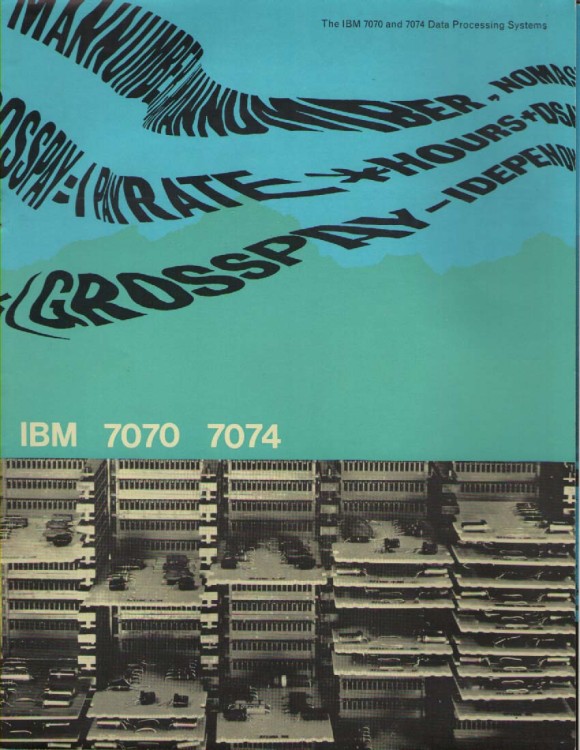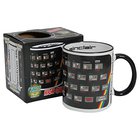IBM 7070 7074 Data Processing Systems
|
Eight-page promotional leaflet for the IBM 7070 and 7074 Data Processing Systems. IBM 7070 was a decimal architecture intermediate data processing system that was introduced by IBM in June 1960. It was part of the IBM 700/7000 series, and was based on discrete transistors rather than the vacuum tubes of the 1950s. It was the company's first transistorized stored-program computer. The 7070 was designed to provide a "transistorized IBM 650" upgrade path, with the 650's drum memory replaced with much faster core memory. The 7070 was not designed to be instruction set compatible with the 650, as the latter had a second, jump address in every instruction to allow optimal use of the drum, something unnecessary and wasteful in a computer with random access core memory. As a result a simulator was needed to run old programs. The 7070 was also marketed as a IBM 705 upgrade, but failed miserably due to its incompatibilities, including an inability to fully represent the 705 character set; forcing IBM to quickly design the IBM 7080 as a "transistorized IBM 705" that was fully compatible. We are extremely grateful to both Dawn and Kim Wakefield for the kind donation of the collection of their late father Richard Wakefield. Date : 1964Creator : IBM Physical Description : Brochure This exhibit has a reference ID of CH15928. Please quote this reference ID in any communication with the Centre for Computing History. |
|























